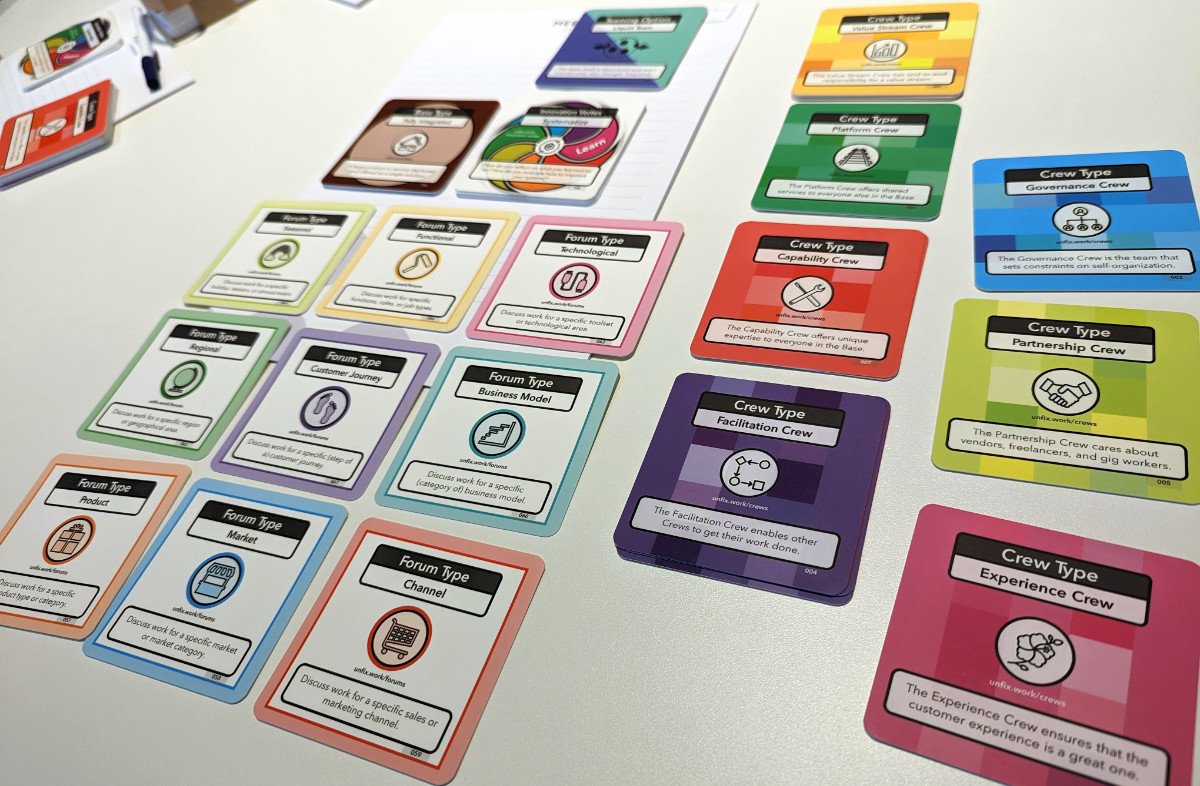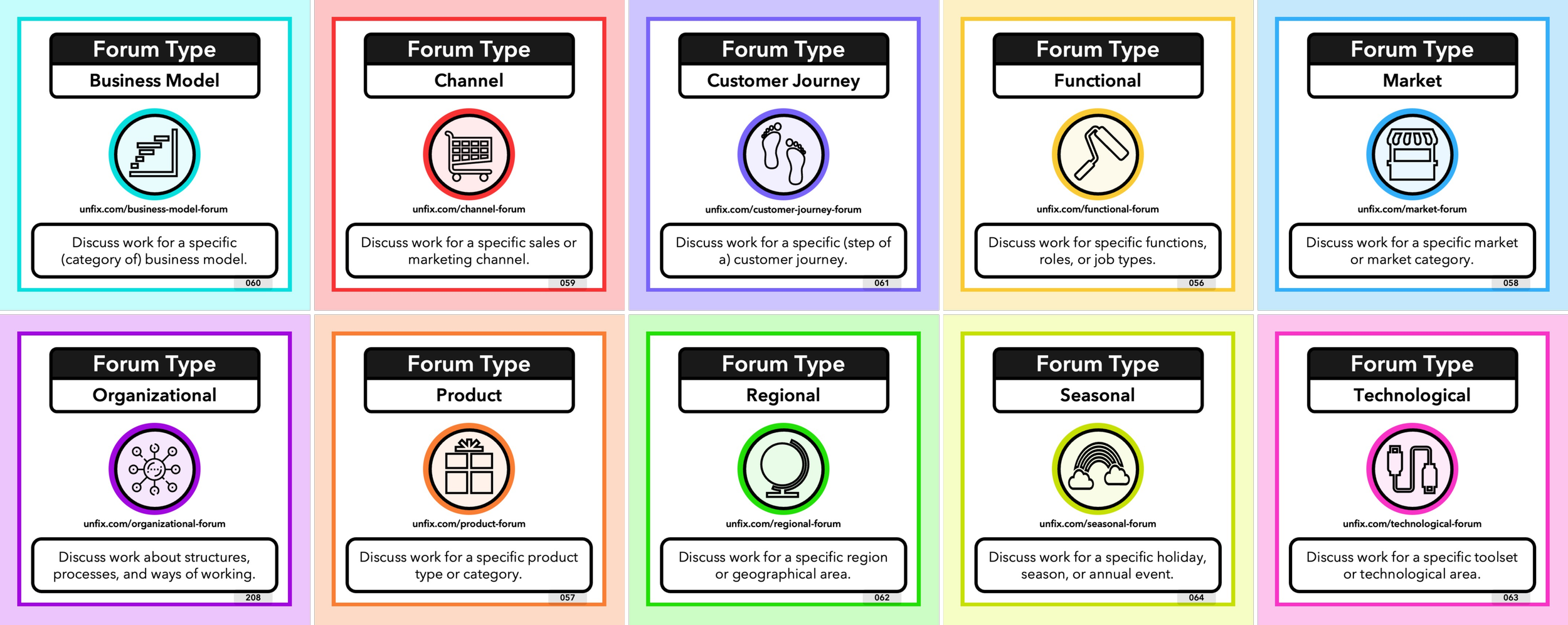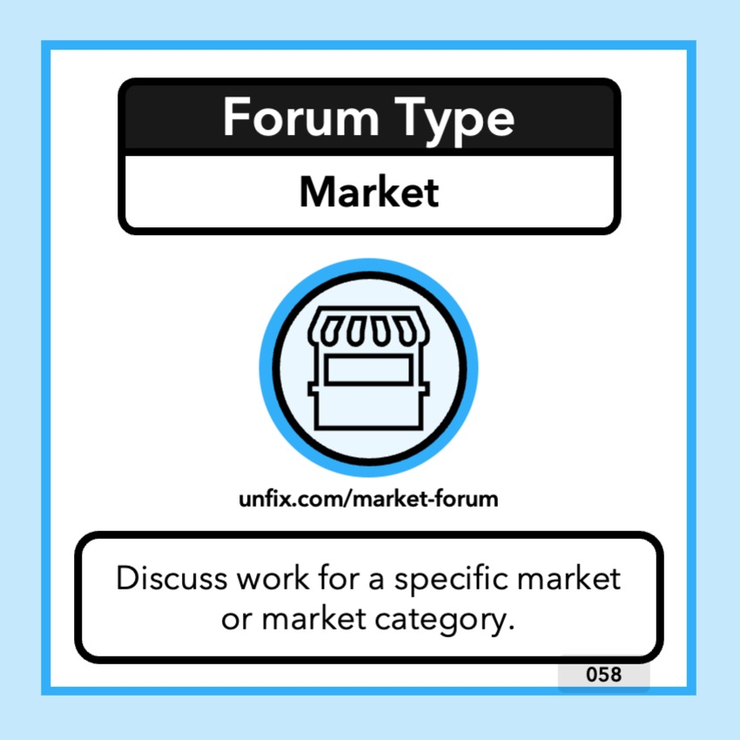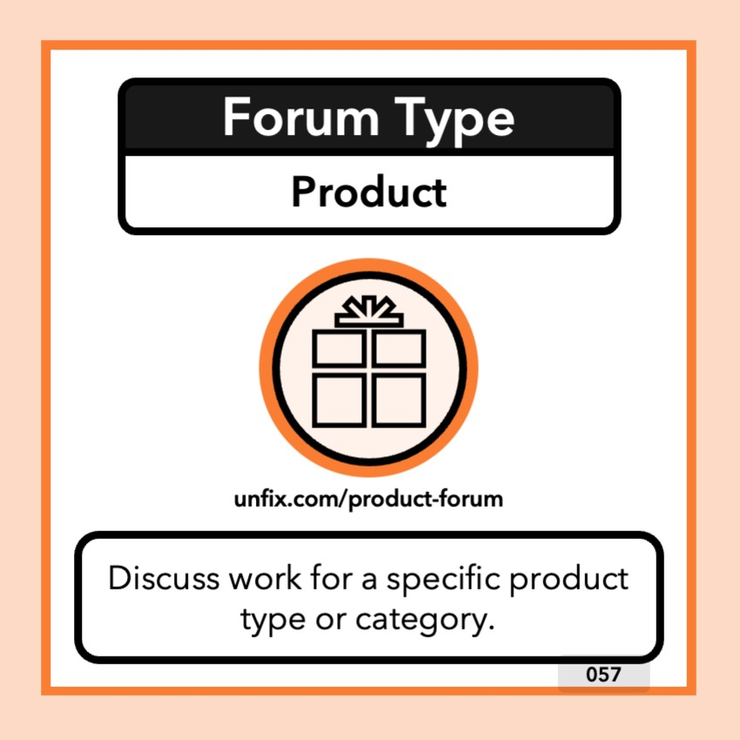
Forum Types
A Forum is a place to talk and make important decisions.
Forum Types: Business Model • Channel • Customer Journey • Functional • Market • Organizational • Product • Regional • Seasonal • Technological
Purpose
Your innovative, human-centric organization needs guidance, structure, and a (small) amount of standardization. Without some coordination across Crews, the value streams might as well be independent startups.
Chapters, guilds, user groups, communities of practice, technology boards, and worker councils are examples of collaboration across team borders. We prefer the word Forum because it signals that talking and decision-making are the main activities in these groups. After the meetings, everyone goes back to their Crews.
In Forums, people discuss knowledge, trade-offs, and opportunities that serve the greater good of the Base. Sometimes, ways of working need to be synchronized. Sometimes, tools and technologies need to be standardized. This is not always easy, as anyone knows who has ever been part of a homeowners association meeting. But to make the place livable for everyone, the autonomy of members must be offset against the needs of the whole.
Notes
In some cases, a Forum is just a way for people with similar skills and functions to share experiences and prevent re-inventing the wheel. In other cases, a Forum is there to impose rules, possibly even with sanctions for misbehaviors. The sanction could be that a member has to wear the Naughty Hat for an entire day, but a sanction it is.
There are no line managers on Forums. To ensure the agility and versatility of the Base, it should be easy to create and dissolve Forums. And that will never happen when a manager feels that the Forum is their territory.
Rules / Constraints
The Forum exists only for discussions and decision-making.
The Forum participants do most of their work on Crews, not on Forums.
Nobody on a Forum is the manager of all Forum members.




“In nature we never see anything isolated, but everything in connection with something else which is before it, beside it, under it and over it.”
(Source: Johann Wolfgang von Goethe)














